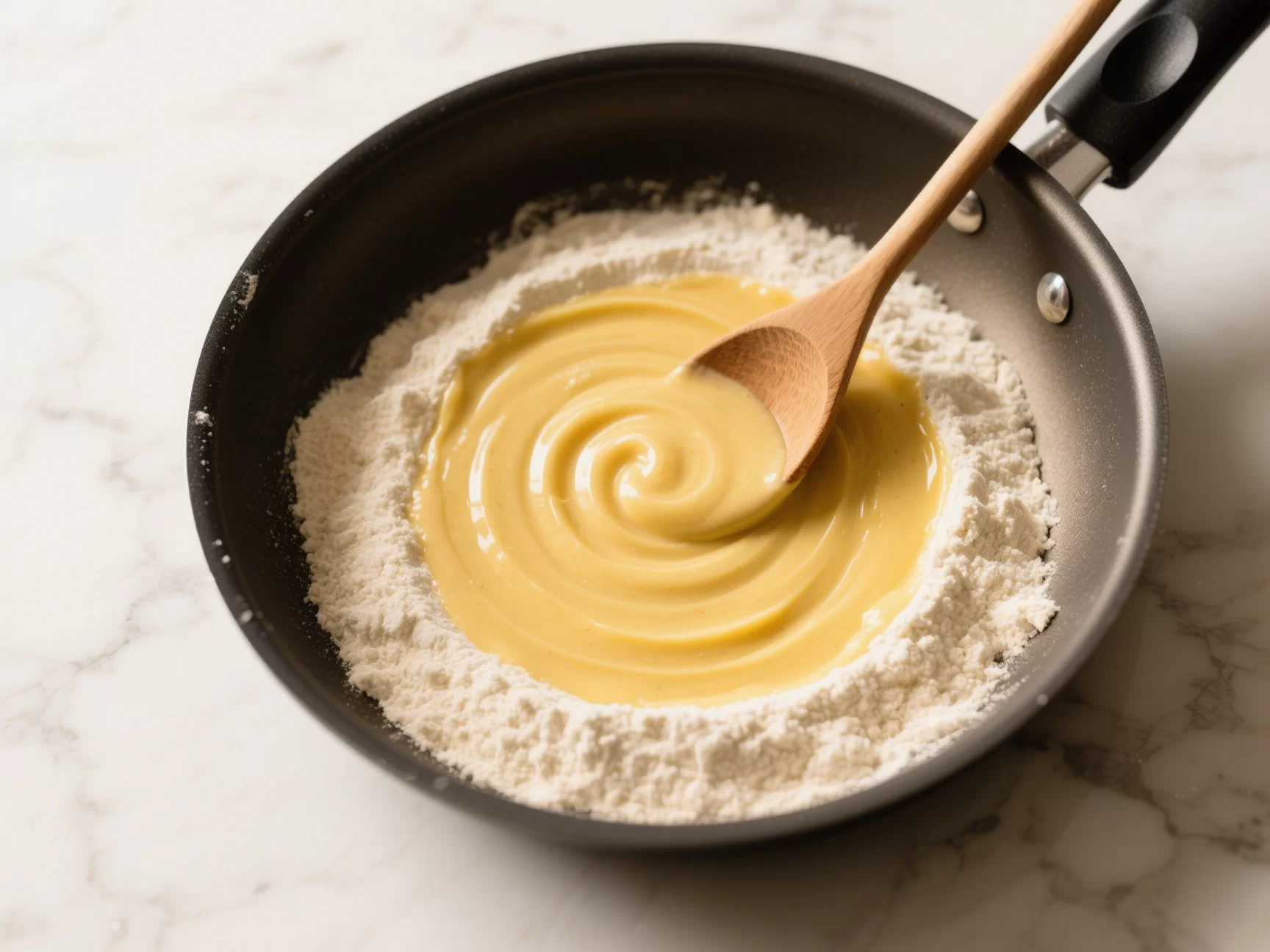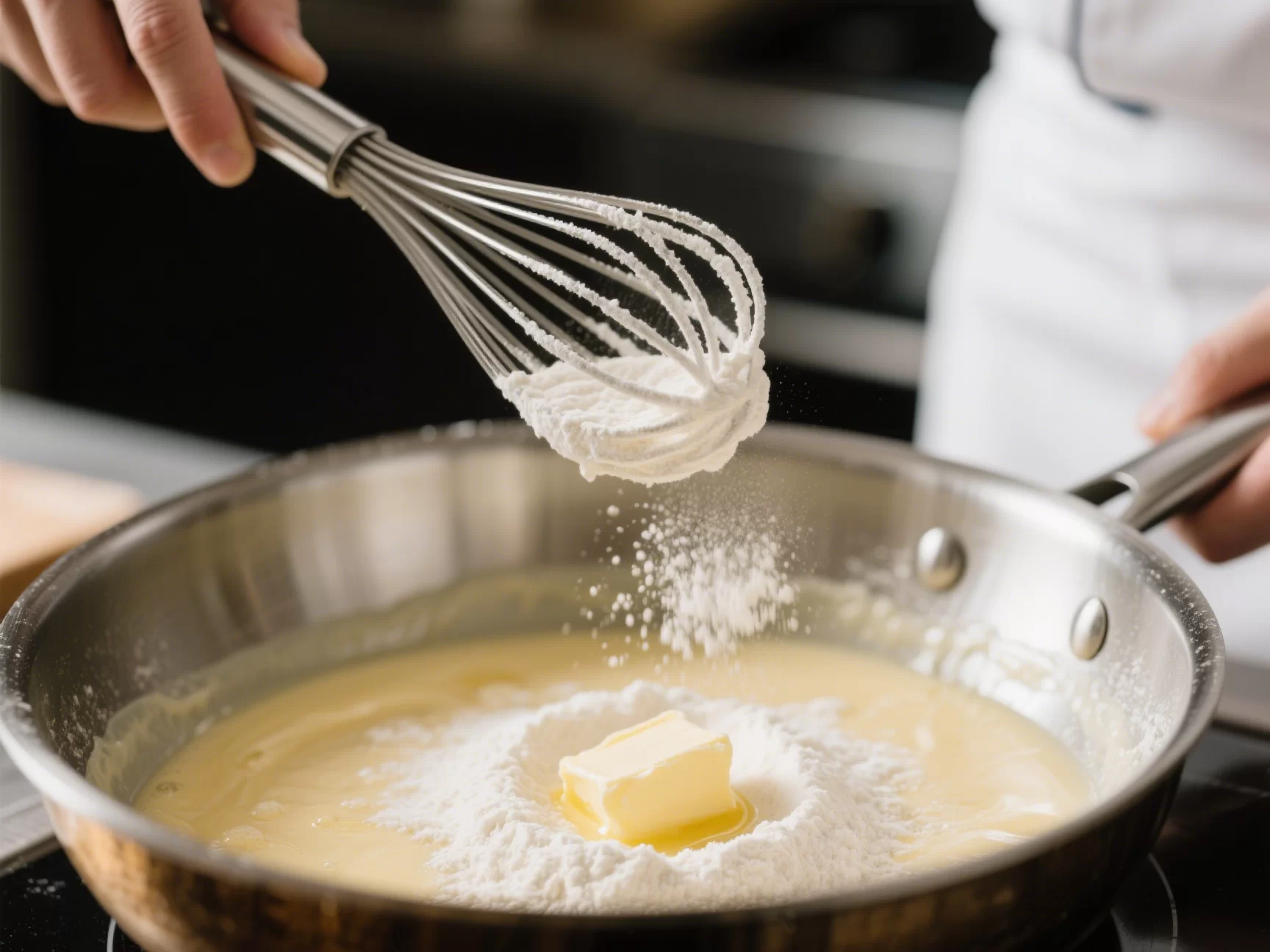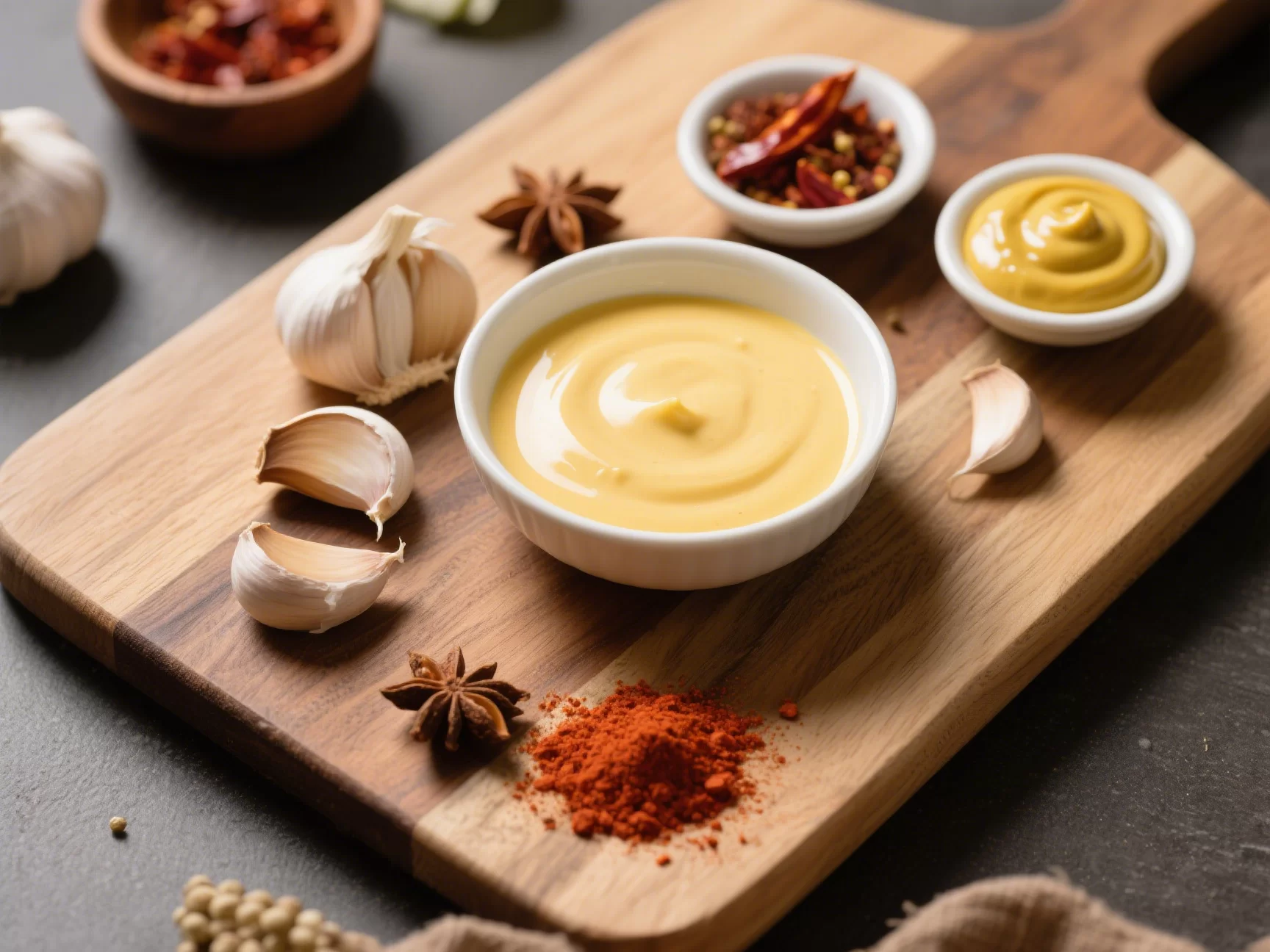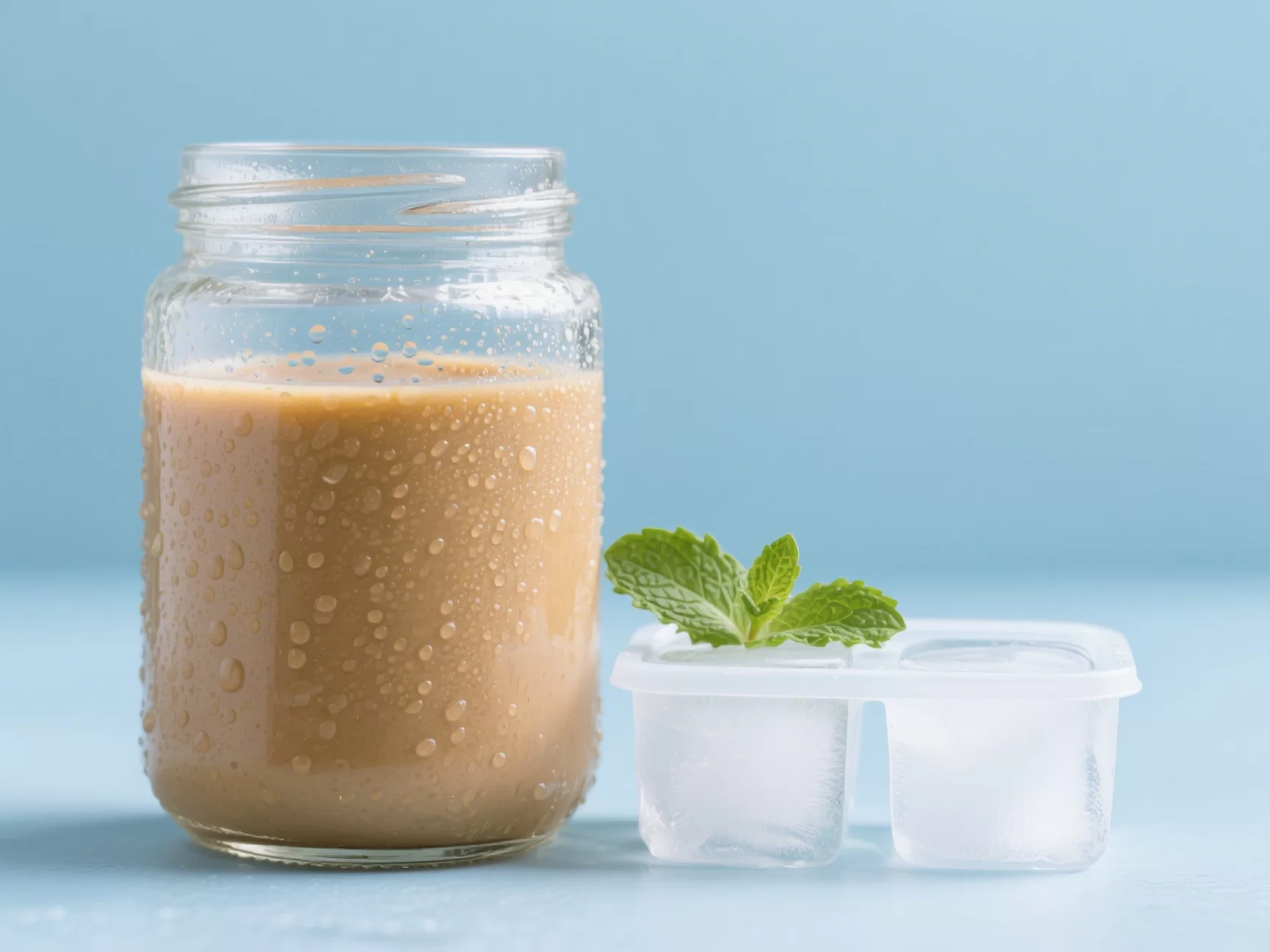What is a Roux?
A roux (pronounced roo) is a simple but powerful mixture made from equal parts of fat and flour, gently cooked to form a base for sauces, gravies, and creamy dishes. It dates back to 17th-century French cuisine and is still the go-to thickening method for dishes like béchamel, gumbo, and of course, mac and cheese.

In mac and cheese, roux plays the hero behind the scenes—it’s the key to that smooth, rich cheese sauce that clings perfectly to pasta.
Why the Roux is Essential in Mac and Cheese
Roux isn’t just about thickening. It builds the entire flavor foundation for your mac and cheese. Here’s why it matters:
- Silky Texture: Roux binds the dairy into a cohesive sauce.
- Flavor Depth: Cooking the flour in butter enhances nuttiness and removes raw flour taste.
- Cheese Harmony: A good roux helps cheeses melt evenly without clumping.
Whether you’re going for a stovetop recipe or baked mac and cheese with crispy topping, skipping the roux is a shortcut you’ll regret.
Ingredients You’ll Need
Let’s keep it simple and classic. Here’s what you’ll need for a perfect roux:
| Ingredient | Amount | Notes |
|---|---|---|
| Butter | 2 tablespoons | Unsalted, high quality |
| All-purpose Flour | 2 tablespoons | Sifted, plain white flour |
🧈 Tip: Some chefs prefer using clarified butter for a smoother finish.
Equipment Checklist
Roux is easy, but it needs the right tools. Gather:
- Heavy-bottomed saucepan – Prevents scorching
- Whisk – Best for lump-free roux
- Heatproof spatula – Helps with even scraping
💡 A whisk gives better control and makes the roux more uniform.
Step-by-Step Guide: How to Make a Roux for Mac and Cheese
Here’s the no-fail guide for making roux the right way:
- Melt the Butter
- Use medium-low heat.
- Avoid browning it unless you want a deeper flavor.
- Add the Flour
- Sprinkle it in slowly while whisking.
- Stir constantly to prevent lumps.
- Cook and Stir
- Keep whisking for 2–3 minutes until the mixture bubbles and loses the raw flour smell.
- Watch the Color
- For mac and cheese, a blonde roux is best—light golden, not dark brown.

Types of Roux Explained
| Roux Type | Color | Flavor Profile | Uses |
|---|---|---|---|
| White Roux | Pale | Mild, floury | Béchamel, cheese sauce |
| Blonde Roux | Light golden | Slightly nutty | Mac and cheese, velouté |
| Brown Roux | Deep brown | Rich, toasty | Gumbo, brown sauces |
📌 Use blonde roux for the best balance in mac and cheese.
When to Add Milk or Cream
After your roux reaches the perfect color (blonde for mac and cheese), it’s time to add the dairy. This step determines the creaminess and texture of your cheese sauce.
Here’s how to do it right:
- Warm your milk or cream slightly before adding it. Cold liquid can cause your roux to seize up or create lumps.
- Add slowly while whisking constantly. This ensures a smooth, velvety sauce.
- Use whole milk for richness, or blend milk with a touch of heavy cream for a decadent finish.
🔥 Pro Tip: Stir continuously and gently. Stop when the sauce thickens to the consistency of warm pudding.
Common Mistakes to Avoid
Even experienced cooks can mess up a roux. Avoid these common pitfalls:
- Burning the Roux
- Use low to medium heat. If it smells burnt, start over.
- Not Stirring Enough
- Constant stirring is key to even cooking and a lump-free finish.
- Wrong Roux Color
- White roux is too light for mac and cheese, and brown roux is too strong. Stick with blonde.
- Adding Cold Milk
- Cold liquids can make the mixture clump. Always use warm milk.
Flavor Variations and Add-ins
Want to level up your mac and cheese? Try infusing the roux with flavor enhancers:
- Garlic or Shallots – Sauté before adding flour
- Dijon Mustard – Adds tang and depth
- Nutmeg – A classic in creamy sauces
- Paprika or Cayenne – For a subtle kick

🌶️ Add-ins should complement—not overpower—your cheese.
Using the Roux in Mac and Cheese Recipes
Once your roux-based sauce is thick and creamy, fold in your shredded cheese and cooked pasta.
- Stovetop Mac and Cheese: Add cheese directly to the sauce and stir in pasta. Serve hot and gooey.
- Baked Mac and Cheese: Pour the cheese sauce over pasta in a baking dish, top with breadcrumbs, and bake until golden.
🧀 Use cheeses like cheddar, gouda, gruyère, or mozzarella for ultimate meltability.
Tips from Professional Chefs
We gathered insights from chefs who’ve mastered mac and cheese:
- Use fresh, finely shredded cheese – Pre-shredded often contains anti-caking agents that don’t melt well.
- Layer your cheeses – Combine sharp and mild for complexity.
- Add cheese off the heat – Prevents breaking or clumping.
👨🍳 Chef’s Secret: A dash of hot sauce or Worcestershire sauce deepens flavor without making it spicy.
Storage Tips: Make Ahead Roux
Roux is make-ahead friendly!
- Refrigerator: Store in an airtight jar for up to 1 week.
- Freezer: Freeze in cubes or tablespoon portions for up to 3 months.

When ready to use, gently reheat and whisk into warm milk for your sauce.
Gluten-Free and Dairy-Free Roux Alternatives
Need an allergy-friendly version? Try these swaps:
- Gluten-Free Roux: Use rice flour or a gluten-free flour blend.
- Dairy-Free Roux: Use olive oil, vegan butter, or coconut oil instead of butter, and almond or oat milk for creaminess.
🌱 These alternatives work best with mild cheeses or nutritional yeast in vegan versions.
Kid-Friendly and Healthier Roux Ideas
If you’re cooking for picky eaters or watching calories:
- Use light butter or olive oil
- Whole wheat flour for added fiber
- Sneak in veggies like cauliflower or carrots, blended into the cheese sauce
🥕 A mild cheese like white cheddar can mask the veggies while keeping it creamy and tasty.
FAQs
1. Can I use oil instead of butter in a roux?
Yes, though butter gives more flavor. Vegetable oil or olive oil works as a substitute.
2. What type of flour is best for roux?
All-purpose flour is standard. Avoid self-rising or specialty flours unless you’re adapting for gluten-free.
3. Why is my roux clumpy?
Clumps often result from adding cold milk too fast. Always warm your liquid and add gradually while whisking.
4. How do I know when the roux is done cooking?
The smell changes from raw flour to a toasty, nutty aroma. Visually, a blonde roux is light tan, ideal for mac and cheese.
5. Can I freeze roux?
Yes! Spoon it into an ice cube tray, freeze, and store in a freezer bag for quick sauces.
6. What cheeses work best with roux-based mac and cheese?
Cheddar, Monterey Jack, Gruyère, and fontina all melt beautifully into roux-based sauces.
Conclusion
A great mac and cheese starts with a perfect roux. It’s not just a cooking technique—it’s the secret to that luscious, creamy cheese sauce we all crave. With a little patience, the right ingredients, and a good whisk, you’ll master how to make a roux for mac and cheese every time.
Now that you’re equipped with the know-how, it’s time to get cooking!
